The balance of ecosystems is under threat as numerous animal species risk extinction. Current estimates indicate that many animals are on the brink of disappearing forever, primarily due to human activities. These activities include habitat destruction, poaching, and climate change, which undermine the survival prospects of critically endangered species.
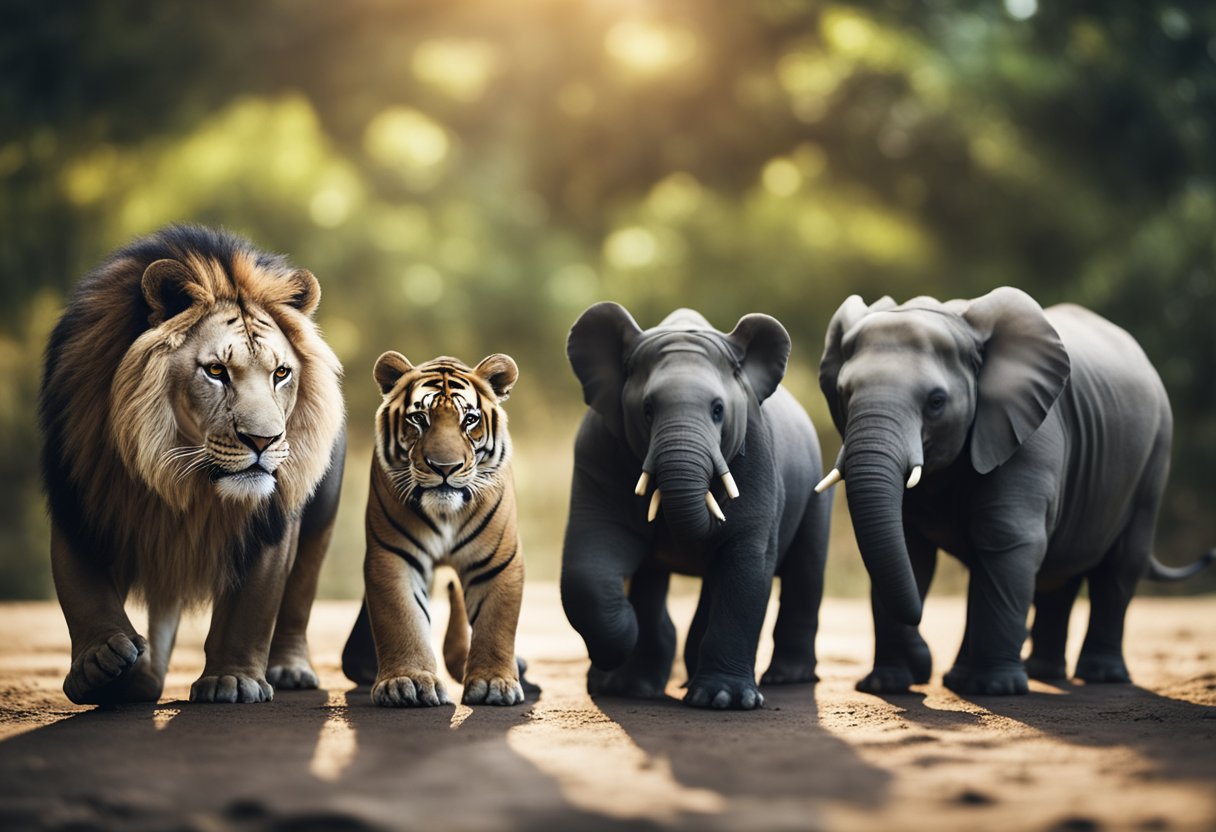
Among the animals under immediate threat, amphibians are particularly vulnerable, with a significant percentage facing extinction pressures. Furthermore, environmental experts have observed historical rates of loss in other animal groups due to accelerated human interference, leading to an increased demand for natural resources and greater encroachment on wildlife habitats. This biodiversity crisis implies that several species might no longer exist by 2050, which could have severe repercussions for the health and stability of ecosystems worldwide.
Actions to protect these species are more urgent than ever. Conservation initiatives are continuously fighting against time to implement measures that could alleviate the risks. However, for some species, such as those recently declared extinct by the U.S. Fish and Wildlife Service, it is a sobering reminder that intervention may come too late for certain members of the animal kingdom. The urgency to address the causes of extinction and to protect these vulnerable animals cannot be overstated if the goal is to preserve the rich diversity of life on Earth.
Criteria for Endangered Status
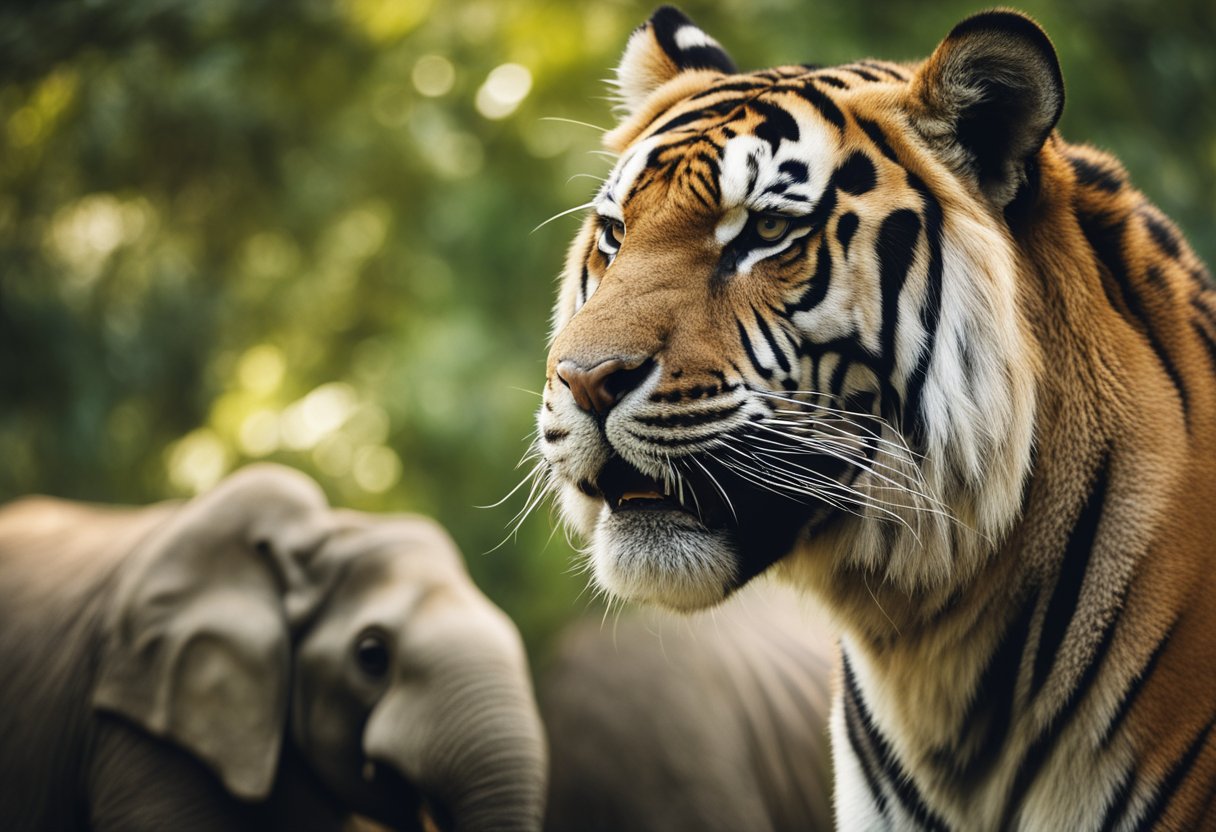
Determining if a species is nearing extinction involves a structured approach. Organizations like the U.S. Fish and Wildlife Service and the International Union for Conservation of Nature (IUCN) implement specific criteria to evaluate and categorize the endangerment levels of various species.
IUCN Red List Categories
The IUCN Red List of Threatened Species is the principal guide used worldwide for assessing species’ extinction risk. The categories within the list describe the urgency and likelihood of a species extinction risk. They include:
- Critically Endangered (CR): Faces an extremely high risk of extinction in the immediate future.
- Endangered (EN): Faces a very high risk of extinction soon.
- Vulnerable (VU): Faces a high risk of extinction in the medium term.
These categories are based on quantitative criteria such as the rate of decline, population size, area of geographic distribution, and degree of population and distribution fragmentation.
Factors Driving Species to Extinction
When species are evaluated for endangerment status, several factors are investigated to determine the causes of their decline. Two primary causes are:
- Loss of Habitat: Habitat destruction is a major factor leading to species endangerment, which can result from natural phenomena and human activities like deforestation, urbanization, or agriculture.
- Loss of Genetic Variation: A species’ ability to adapt to environmental changes is compromised when there is a lack of genetic diversity, making them more susceptible to diseases and reducing the chances of survival.
These factors, combined with others such as overexploitation and pollution, are integral in deciding a species’ conservation status.
Current Conservation Efforts
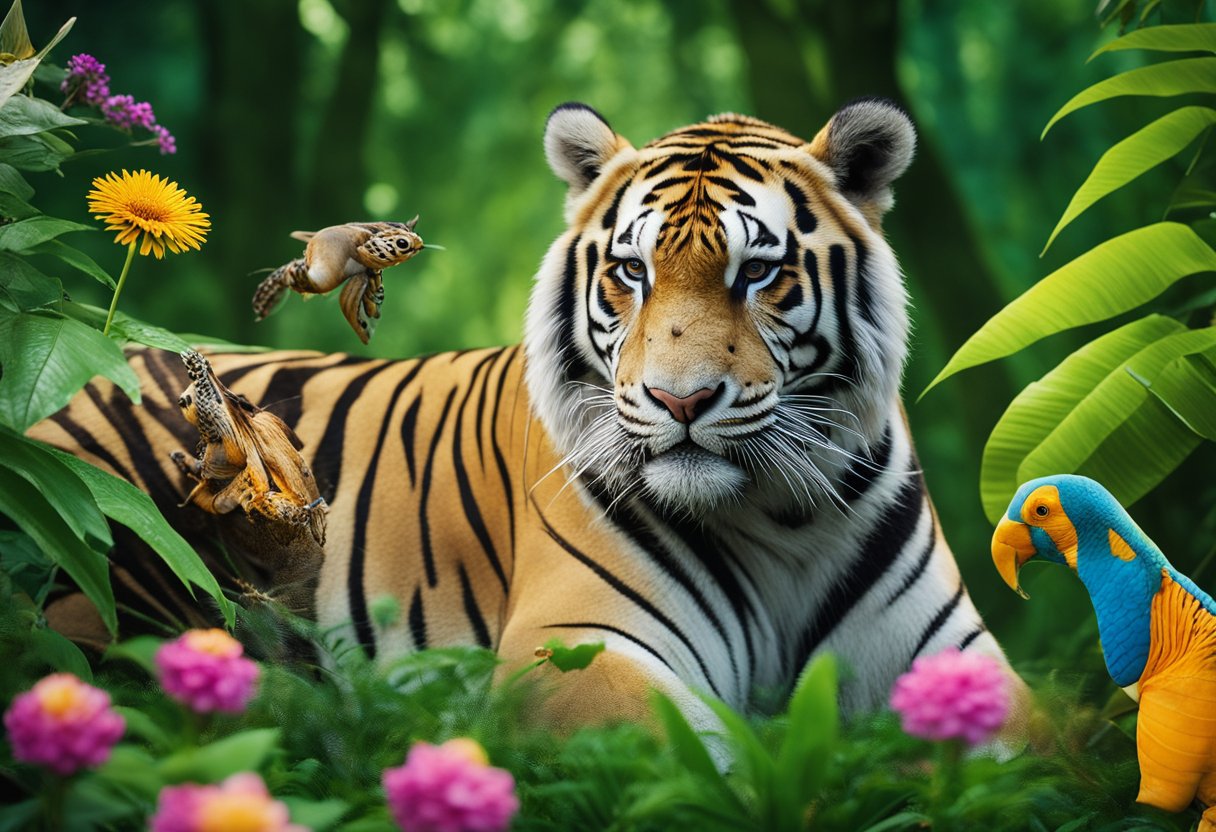
The battle against extinction is fought through precise and strategized efforts focusing on international cooperation, targeted species recovery, and habitat preservation. These methods are pivotal in halting the loss of biodiversity.
International Agreements
International agreements provide a necessary framework for conserving biodiversity across borders. Notably, the Convention on Biological Diversity (CBD) sets global targets for conservation, while the Convention on International Trade in Endangered Species of Wild Fauna and Flora (CITES) regulates trade to protect species threatened with extinction.
Species Recovery Programs
Species recovery programs are immediate action plans designed to rebuild populations of critically endangered species. For instance, the scimitar-horned oryx has made a remarkable recovery after concerted efforts, showcasing the potential of well-executed programs to reverse the fate of species teetering on the brink of extinction.
Habitat Protection Initiatives
Preserving natural habitats is key to protecting the diverse species that rely on them. Initiatives such as the World Wildlife Fund’s conservation efforts focus on safeguarding crucial habitats. Working closely with local communities, they address threats such as deforestation and habitat fragmentation that drive species towards extinction.
Mammals on the Brink of Extinction
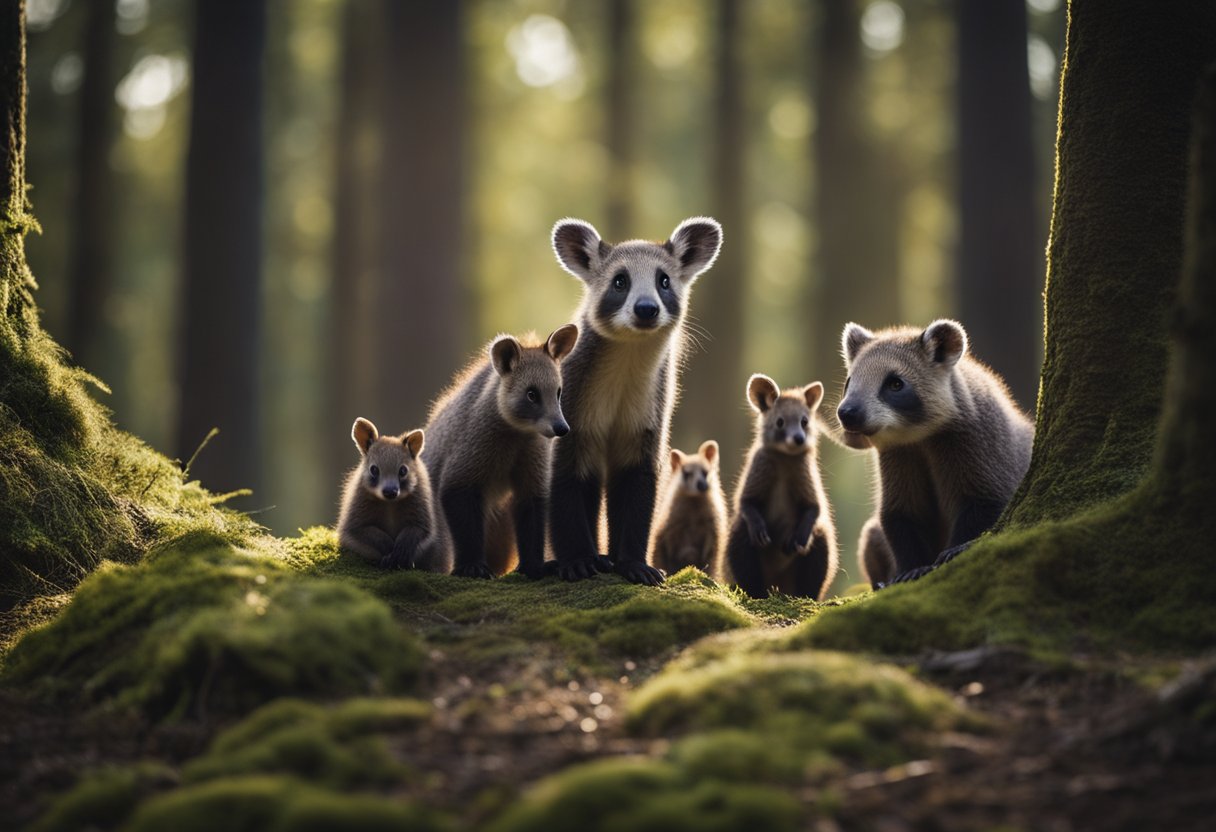
The threats facing mammals today are unprecedented, with some species on the verge of disappearing forever. Critical conservation efforts are ongoing to protect these mammals, each facing its unique challenges.
Rhinos
Javan Rhinos: Native to tropical rainforests, the Javan rhino is arguably the most threatened rhino species, with only a handful remaining in Indonesia’s Ujung Kulon National Park. They are primarily threatened by habitat destruction and poaching for their horns.
Sumatran Rhinos: With fewer than 80 Sumatran rhinos left, this species suffers mainly from habitat loss, poaching, and the fragmented nature of their populations which hampers breeding.
Great Apes
Mountain Gorillas: There are positive trends in the population of mountain gorillas, largely due to intensive conservation efforts. They continue to be at risk from habitat encroachment, disease, and poaching.
Orangutans: In Borneo and Sumatra, orangutans face the loss of habitat due to logging, palm oil plantations, and human settlement expansions, leading to dwindling populations.
Marine Mammals
Vaquita: The vaquita, a small porpoise in the northern Gulf of California, Mexico, is on the brink of extinction, with fewer than 10 individuals estimated to be alive, primarily due to bycatch in illegal gillnet fisheries.
North Atlantic Right Whale: With under 400 estimated to be left, North Atlantic right whales are facing threats from ship strikes and entanglement in fishing gear, which significantly impact their recovery.
Birds Facing Extinction
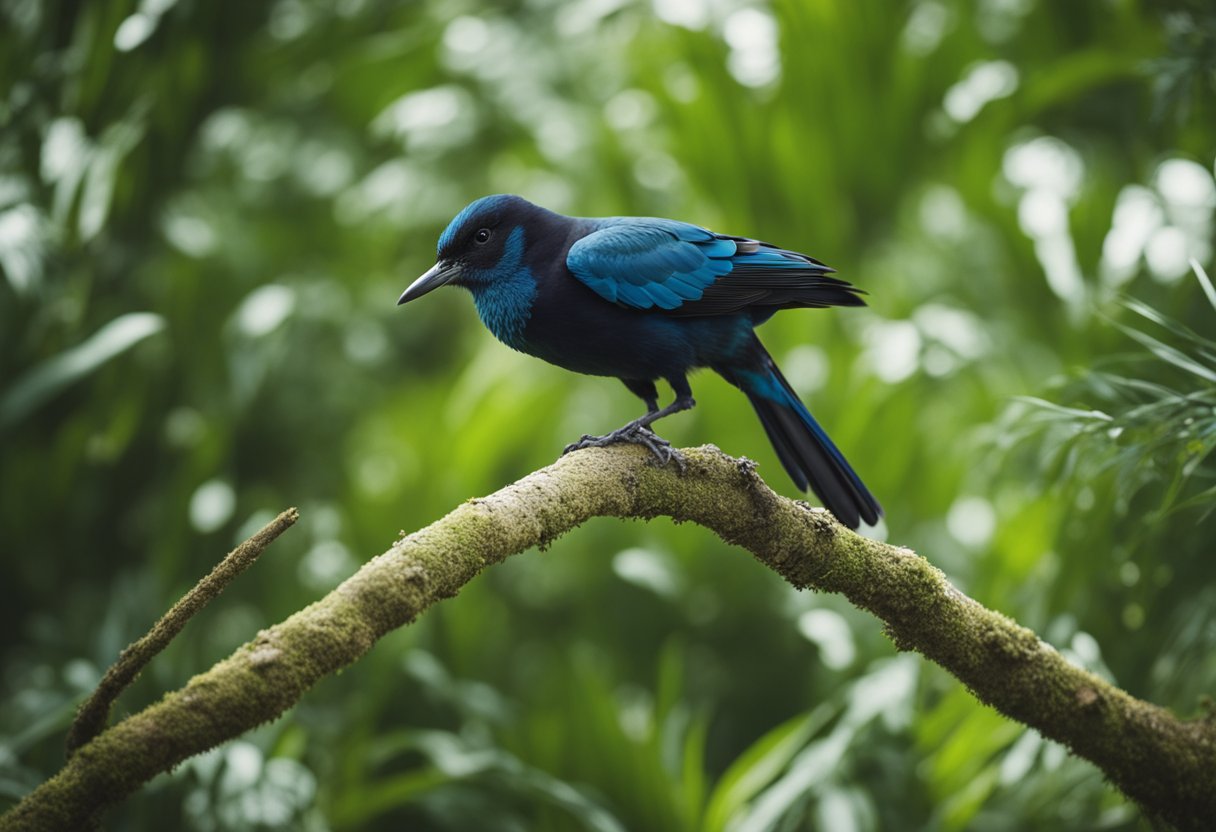
The world’s avian species are under significant threat, with particular groups facing imminent extinction pressures due to loss of habitat, invasive species, and environmental changes.
Albatrosses
Albatrosses, the large seabirds known for their impressive wingspans and long-distance flights, are confronting staggering mortality rates. They are particularly susceptible to bycatch in fishing operations. Conservation efforts are critical for species like the Waved Albatross, with breeding populations largely restricted to the Galápagos Islands.
Forest Owls
Forest owls, such as the Spotted Owl, face habitat destruction from logging and land conversions. These nocturnal birds are dependent on old-growth forests, and the encroachment of urbanization continues to shrink their natural habitats. The increased presence of invasive species, like the Barred Owl, further amplifies their risks of extinction.
Island Endemics
Island endemics, birds confined to specific islands, are exceedingly vulnerable to extinction due to their limited ranges. Hawaiian bird species have been declared officially extinct, with species like the Kauai o’o and Po’ouli lost forever. These birds had nowhere to retreat in the face of habitat loss, disease, and invasive species, making their conservation a matter of urgency.
Reptiles in Danger
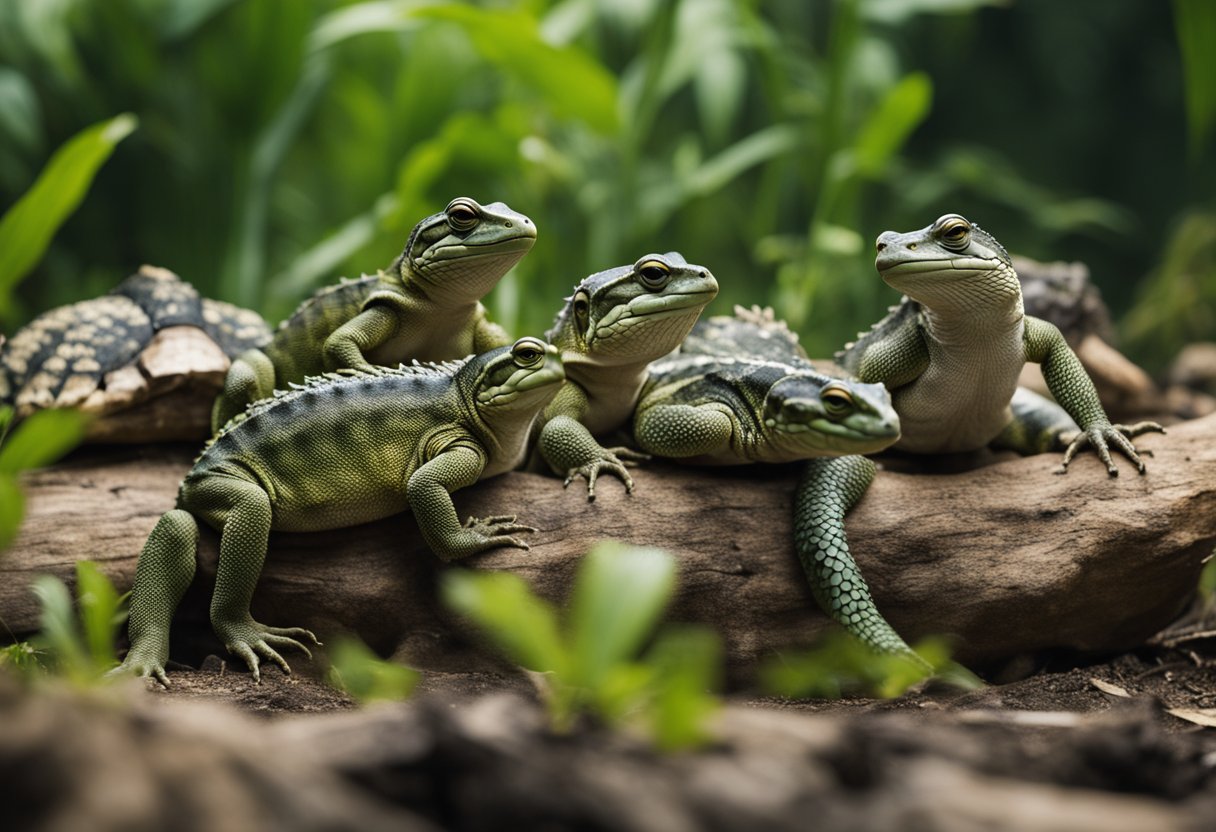
Recent studies have shown that a significant percentage of reptile species are facing threats of extinction. Key contributing factors include habitat loss, pollution, and climate change.
Sea Turtles
Sea turtles are among the most endangered reptiles, with about 60 percent of species at risk of extinction. Their survival challenges are multi-faceted, involving poaching, bycatch in fishing gear, and beach development affecting their nesting sites.
Crocodilians
Crocodilians, which include alligators, crocodiles, and their relatives, have more than half of their species threatened with extinction. They are particularly vulnerable due to habitat destruction and the demand for their skin and meat.
Island Lizards
Island lizards face a unique set of risks. They are often confined to limited geographical areas, making them more susceptible to habitat disturbance and invasive species. Some studies indicate island species are particularly threatened, but detailed data is less comprehensive.
Amphibians at Risk
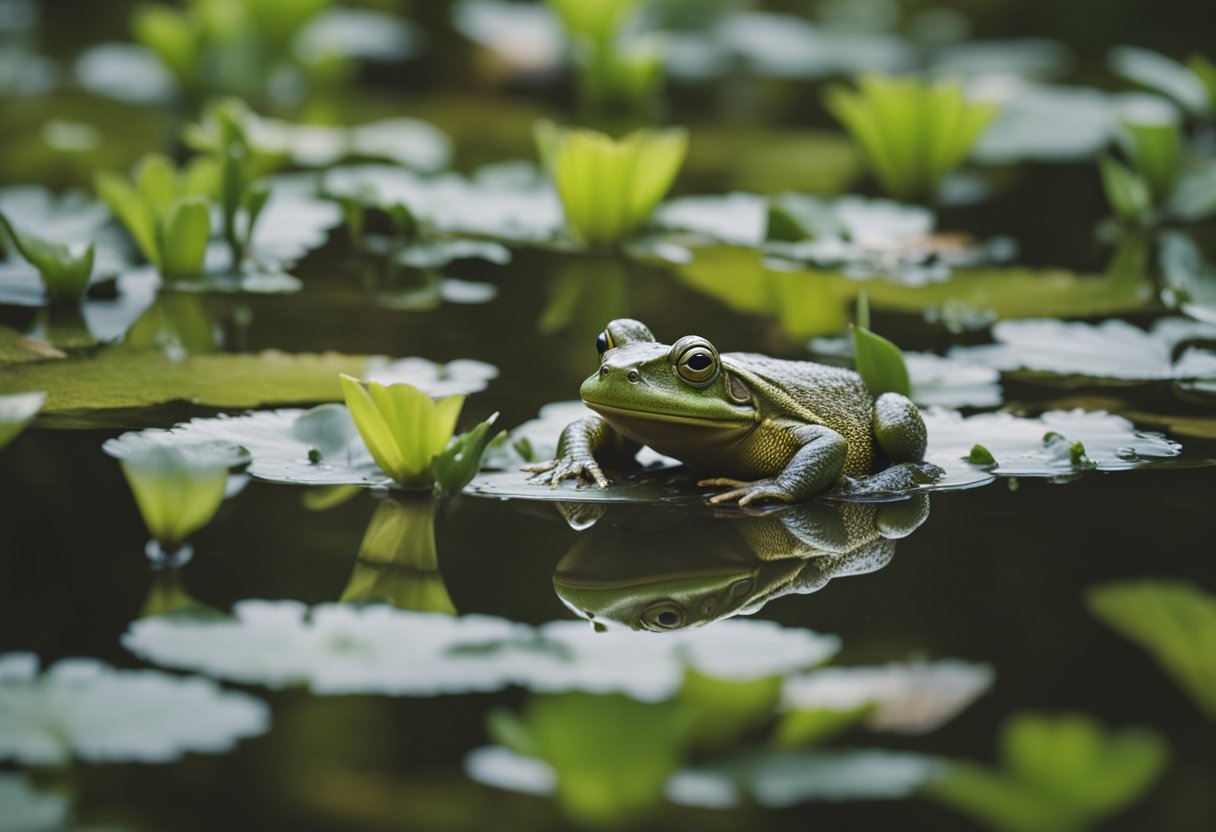
Amphibian populations worldwide are facing unprecedented threats, leading many species to the brink of extinction. Specific contributing factors include habitat loss, climate change, pollution, and infectious diseases.
Rainforest Frogs
Rainforest frogs are particularly vulnerable due to their reliance on specific microclimates and the rapid deforestation of their habitats. Studies have identified that more than half of all amphibian species are at risk, with rainforest frogs experiencing some of the most severe declines. For example, the Gastrotheca cornuta, or the horned marsupial frog, has seen drastic population reductions due largely to habitat fragmentation in South and Central American rainforests.
Salamanders
Salamanders are undergoing a similar crisis. The introduction of the deadly fungal pathogen Batrachochytrium salamandrivorans has had a devastating impact on salamander populations in Europe and poses a serious threat to North American species. In addition, climate change is altering the ecosystems on which these amphibians depend, causing further stress and population declines. For instance, the axolotl (Ambystoma mexicanum), native to the lake complex of Xochimilco near Mexico City, has endured a dramatic decrease in numbers, influenced heavily by urbanization and water pollution.
The plight of these amphibians serves as a critical indicator for wider ecological challenges, underscoring the importance of immediate and effective conservation efforts.
Fish Under Threat
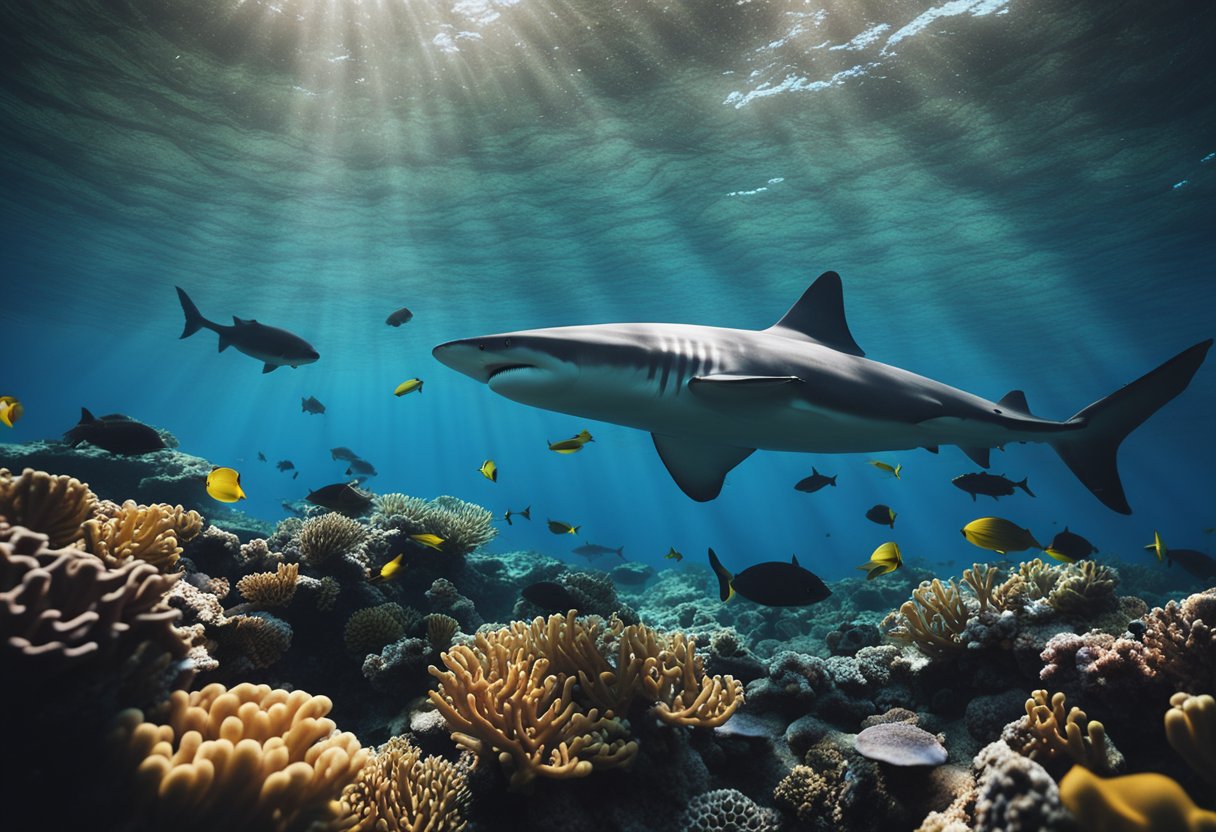
Diverse fish species face significant risk of extinction due to various human-induced threats. Conservation efforts are urgent to prevent the loss of these aquatic inhabitants.
Freshwater Fish
Nearly one-third of freshwater fish species are threatened with extinction. Habitat degradation, pollution, and overexploitation are major factors contributing to their decline. For instance, populations of mega-fish, those weighing over 66 lbs, have plummeted, with a staggering 94% decrease in numbers since 1970.
- Extinct Species: In just 2020, 16 freshwater fish species were declared extinct.
- At-Risk Groups: A variety of iconic species, such as river dolphins and sturgeons, face critical threats.
Oceanic Sharks
Overfishing has put immense pressure on oceanic sharks, with more than one-third of these species at risk of extinction. Sharks, rays, and chimeras are particularly vulnerable due to their slow growth and low reproduction rates. The IUCN Red List of Threatened Species highlights the concerning status of these cartilaginous fish.
- Risk Factors: Unregulated fishing and high demand for shark fin soup drastically reduce shark populations.
- Impactful Solutions: Implementing strict fishing quotas and protected marine areas are essential steps for their survival.
Invertebrates Close to Extinction
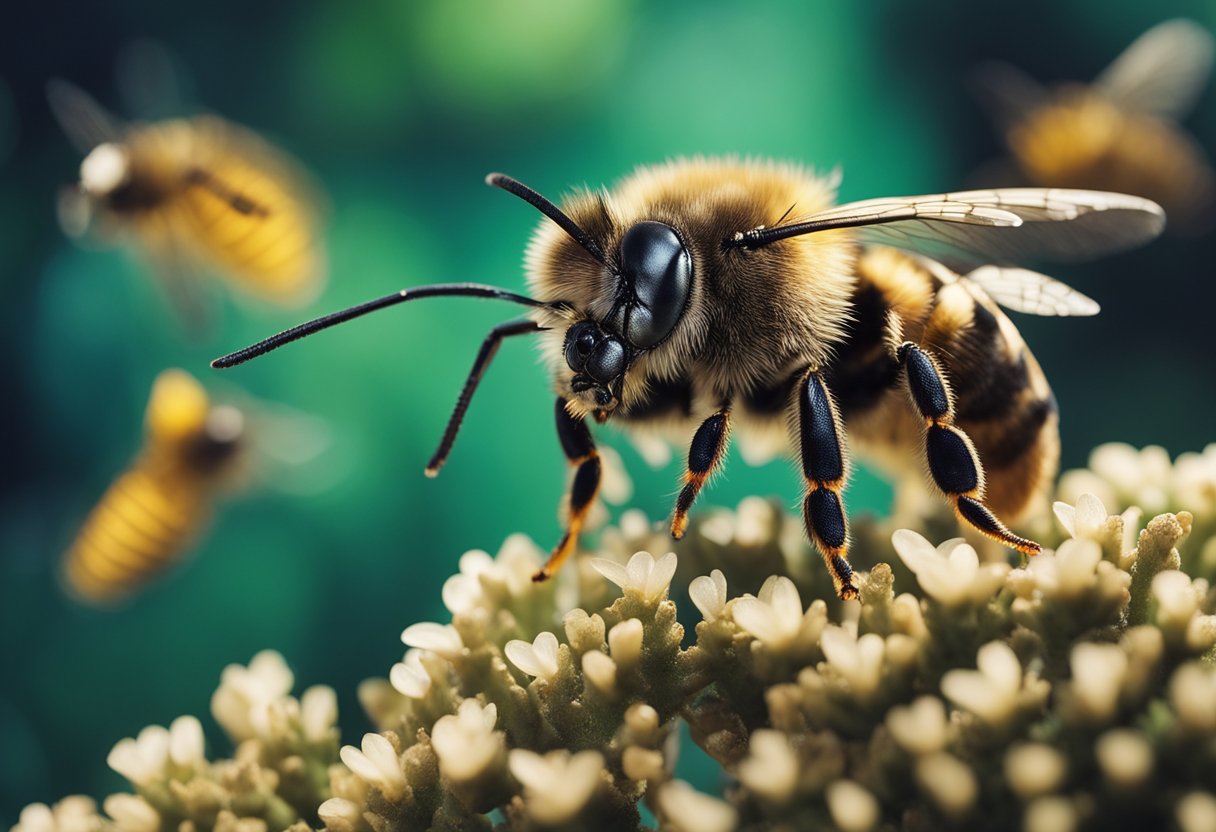
The plight of various invertebrate species is often overshadowed, yet some face imminent extinction threats. Specific groups like corals, butterflies, and bees are in critical danger due to a combination of environmental pressures.
Corals
Corals, the marine architects of diverse underwater ecosystems, are facing bleaching events and pollution-driven deteriorations at alarming rates. Notably, many coral species could be on the brink of extinction if current ocean warming trends continue. The quiet extinction of invertebrates emphasizes the silent crisis unfolding in our oceans.
Butterflies
Butterflies are not just aesthetic spectacles but crucial pollinators within many ecosystems. They are suffering drastically due to habitat loss and pesticide use with species like the monarch butterfly experiencing significant declines in their population.
Bees
Bees, a group pivotal for pollination, are seeing an unprecedented decline in their numbers. Causes include the widespread use of neonicotinoids and habitat destruction, challenging their survival and hence, the future of biodiversity.
Plants in Peril
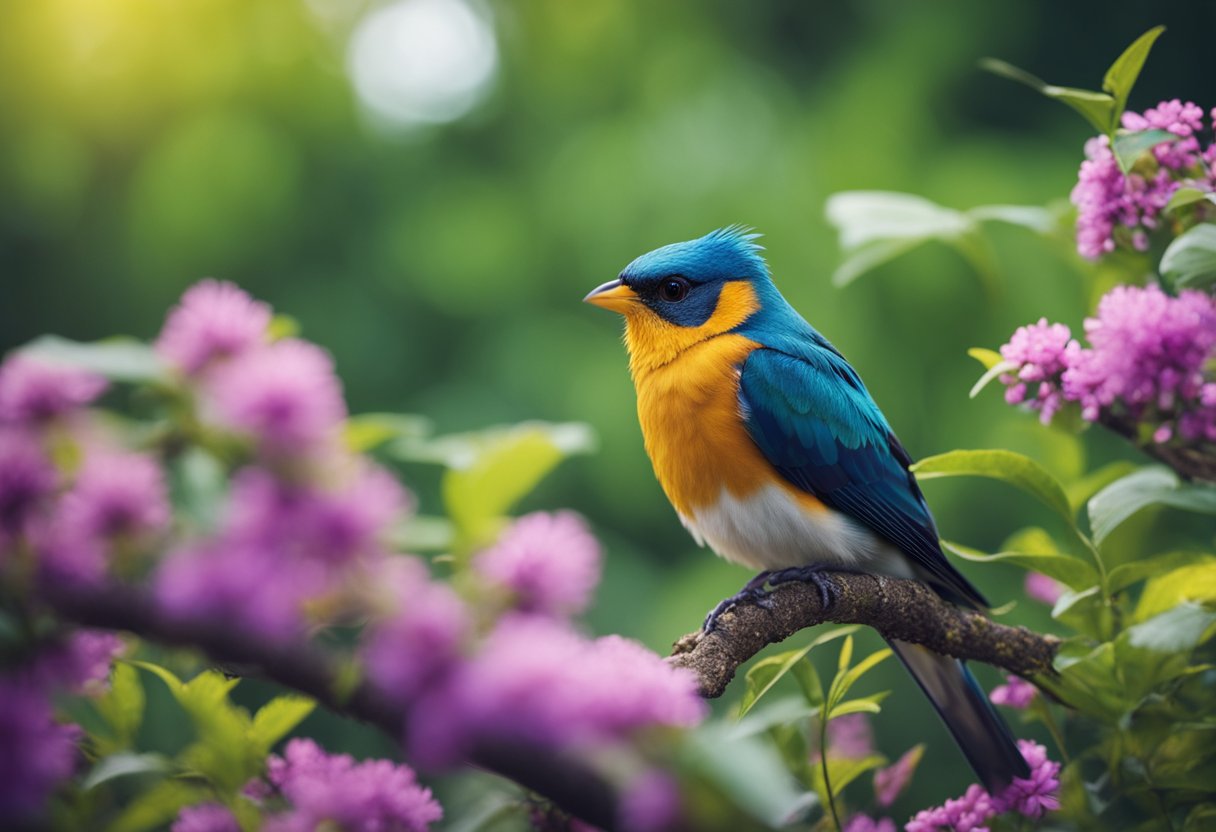
While discussions about extinction often focus on animal species, plants are equally at risk. 943 U.S. plant species are federally listed as endangered or threatened, which exceeds the number of animal species listed.
Rainforest Trees
Rainforest trees, such as the majestic Brazil nut tree, contribute to the intricate biodiversity of tropical ecosystems. Despite their importance, they face threats from deforestation and climate change. Deforestation, often for farming or urban development, removes vital habitat, while climate change alters the intricate balance necessary for these trees to thrive.
Desert Cacti
In arid environments, desert cacti are remarkable for their ability to adapt to extreme conditions. However, species like the saguaro cactus are vulnerable to habitat loss, illegal poaching, and the effects of a warming climate, which can lead to abnormal growth patterns and reduce their ability to store water.
Mountain Flowers
The delicate ecosystems of mountain regions are home to specialized flowers, such as the Glacier Lily. These flowers are highly sensitive to temperature changes. With warmer climates, there’s a shift in the elevation range of many mountain species, leading to reduced populations and potential extinction for those that cannot adapt.
Conservation Challenges and Debates
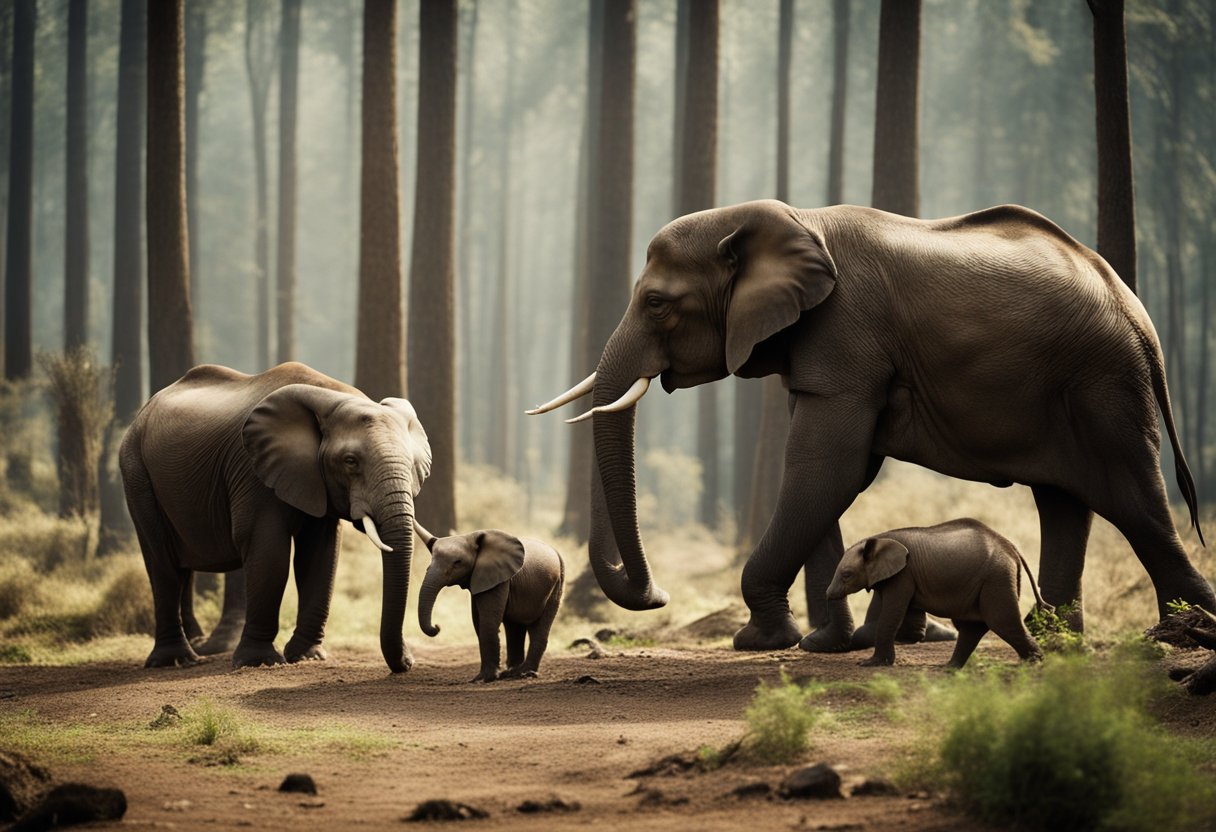
In addressing the imminent extinction threats to various species, conservationists face multifaceted challenges and debates. These include the far-reaching effects of climate change, the often competing economic considerations, and the complex ethical questions that underpin de-extinction and conservation efforts.
Climate Change Effects
Climate change is directly impacting the habitats and survival conditions for many species. For instance, warmer ocean temperatures are affecting the breeding patterns of marine life like coral, pivotal to entire marine ecosystems. Melting ice caps are leading to loss of habitat for polar bears and penguins, and increased droughts jeopardize the existence of animals such as the American pika, which relies on specific temperature conditions.
Economic Considerations
Conservation efforts often require substantial financial resources, a fact that can lead to conflict with economic interests. For example, protecting the Sumatran tiger can entail restricting logging activities, which has implications for local economies dependent on the timber industry. Such decisions extend to a global scale, where international trade in endangered species, like the Javan rhinoceros, must be balanced against conservation funding.
Ethical Questions
The ethical dimension of conservation revolves around topics like rewilding and prioritization of species. Some argue that the resources dedicated to bringing species back from the brink of extinction, such as the passenger pigeon, are better spent on habitat preservation. Another ethical consideration is whether the deliberate reintroduction of species, like the European bison, into areas they once roamed is ultimately beneficial to current ecosystems.
Looking to the Future
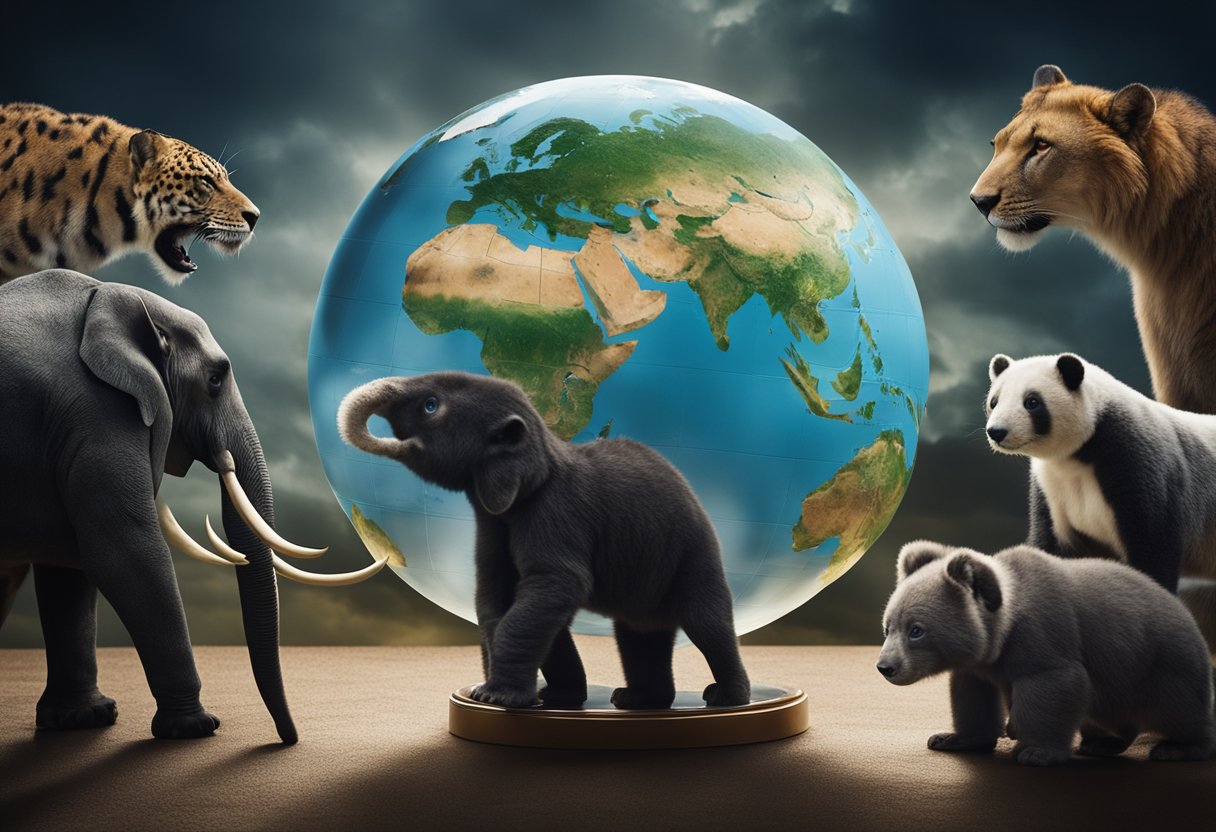
The fate of endangered species depends largely on evolving strategies for conservation, involving technological innovations, community engagement, and legislative reform.
Technological Advancements
Technological progress plays a crucial role in the preservation of threatened species. Tools such as remote sensing and genetic analysis are becoming more sophisticated, aiding conservationists in tracking animal populations and understanding genetic diversity. The development of anti-poaching drones and smart collars has also provided new ways to monitor and protect wildlife in their natural habitats.
Public Involvement
Engagement of the general public is essential for the success of conservation efforts. Educational programs designed to raise awareness about endangered species can inspire community-driven participation. Citizen science projects leverage the collective power of volunteers to gather data crucial for research and conservation, while wildlife tourism generates revenue that can be reinvested into habitat protection.
Policy Developments
The creation and enforcement of policies are key to protecting species on the brink of extinction. Governments and international bodies are recognizing the importance of biodiversity laws and the need for protected areas expansion. Progressive legislation, such as bans on the trafficking of endangered species and restrictions on habitat destruction, is imperative to curb the factors leading to potential extinctions.


